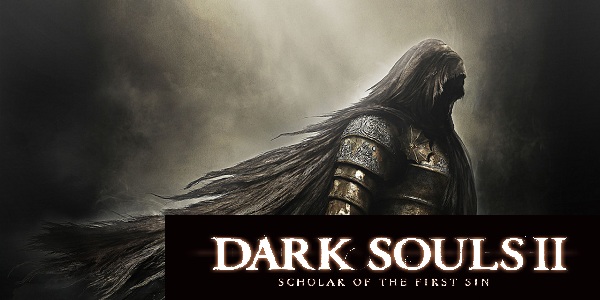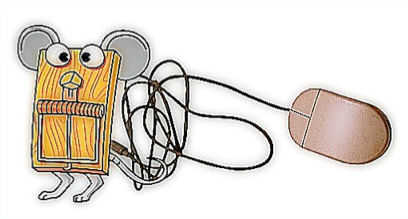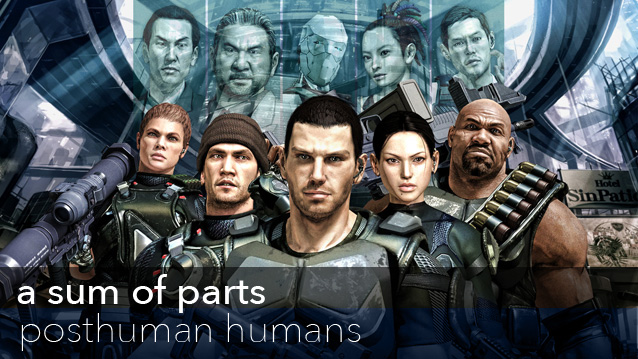

Game Rant’s Jeff Schille reviews LEGO Pirates of the Caribbean: The Video Game
LEGO Pirates of the Caribbean: The Video Game set sail last week, offering gamers everywhere the chance to play through all four of Captain Jack Sparrow’s big screen adventures. Is Traveller’s Tales latest king of the seven seas, or does it deserve an eternity in Davy Jones’ Locker? Read on for Game Rant’s full review.
It’s been almost exactly six years since Traveller’s Tales delivered the first LEGO Star Wars, an instant smash that married accessibility with solid game design and an excellent co-op mode. Since that time, a steady supply of LEGO games have been released, focusing on such diverse properties as the Indiana Jones movies, the Harry Potter movies, Batman, and Rock Band. With the exception of LEGO Rock Band, all the LEGO games play fundamentally the same: solve environmental puzzles, hunt for a variety of collectables, and smash everything in sight.
Despite the possibility of stretching a winning formula too thin, the LEGO games have, if anything, gotten better and better. It’s a subtle evolution to be sure, and anyone who has ever played a previous LEGO title will feel right at home with LEGO Pirates of the Caribben. But Traveller’s Tales hasn’t just repeated their previous work here. LEGO Pirates is a refined, polished game that shows the developer in top form.
LEGO Pirates of the Caribbean is divided into four worlds – one for each of the Pirates movies – each of which is accessible from a hub world called The Port. The Port holds its own mysteries and puzzles to solve, and is where players will search for Red Hats (Red Bricks in the other LEGO games) to unlock the many Extras (read: cheats) that are a touchstone of the series. The Port is also where players can spend their hard earned LEGO Studs on characters they have unlocked during Story Mode.
Each of the LEGO games features at least one unique mechanic, and in LEGO Pirates of the Caribbean, that mechanic is Capt. Jack’s compass. In every level, Jack can use his compass to find eight hidden items. Sometimes these are vital to progress, other times they serve purely as collectables. As a mechanic, the compass slows the game down a bit, as Jack can’t use weapons, jump, or swim while the compass’s path of blue LEGO footprints leads him to treasure. However, the compass helps the developers exploit the game’s expansive levels, leading players to areas they might not otherwise find. The compass is a fun addition to the LEGO formula, and really shines in Free Play Mode.
Levels are primarily comprised of environmental puzzles, broken up by the occasional boss encounter. While many of the game’s tasks boil down to elaborate fetch quests or “find the key” puzzles, the brilliance of the game is in how surprising the solutions often are. For instance, a necessary item may simply be hidden in a LEGO object; smash it up and the item is revealed. Just as often, though, the solution will be several steps long — find an egg for the cook so that he may fry it, give the fried egg to another character so he’ll help fix a machine, fire up the machine to uncover explosives, ignite them to open the way to the next room — with each successful step a delight. Even within its standard framework, the game often finds ways to change things up, as in a Dead Man’s Chest stage that plays almost like Super Monkey Ball.
Boss battles are generally less interesting than standard stages, though the battle against the Kraken at the end of Pirates of the Caribbean: Dead Man’s Chest earns bonus points for slyly echoing the mechanics of Kratos’ battle against the Kraken in the first God of War. It is just this kind of subtle, winking nod that makes LEGO Pirates of the Caribbean as fun and rich an experience as it is.
Lego Pirates of the Caribbean’s four worlds are broken into five stages each, for a total of twenty regular stages in the game. Each stage can take half an hour (or more) to beat, so merely completing Story Mode can easily take ten hours. Of course, this being a LEGO game, Story Mode is only the beginning, and things don’t really take off until Free Play is unlocked.
In Free Play, players can use any combination of unlocked LEGO characters to really comb through a level. Characters have unique abilities (high jump, explosives, strength, etc.) that are necessary for getting 100% completion on each stage. That would include finding enough LEGO Studs to earn a True Pirate ranking, finding all of Capt. Jack’s compass treasures, and finding all ten of the well hidden Mini-Kits (they look like ships in a bottle).
Fully completing a stage is no small feat, and most players will go through each level many times before uncovering everything. Gold Bricks are awarded for beating levels in story mode, finding all the Mini-Kits, earning True Pirate, and finding Jack’s treasures. Those bricks are then used back in The Port to unlock new hub-world areas where players can find more Red Hats, which offer more cheats to make completing the levels ever easier. It’s a simple, effective carrot-and-stick formula that the developers have clearly mastered. Right from the game’s very first stage, players will find LEGO objects that they won’t be able to interact with until unlocking the right kind of character. Much like a suspicious ledge in Metroid, players know that they’ll simply have to return later.
Fortunately, replaying levels again and again is a joy, thanks to LEGO Pirates of the Caribbean’s excellent design, fantastic visuals, and strong co-op. Most levels are simply vast, and many are split between a number of locations, including beaches, ships, villages, and more. Be it a zip-line trip over Shanghai at night or a rain soaked battle on the deck of a pirate ship sailing stormy seas, LEGO Pirates of the Caribbean looks sharp, rivaling — and often exceeding — the visuals of games aimed at older, more sophisticated players (I’m looking at you, Dragon Age 2).
The LEGO characters animate expressively and strongly resemble their onscreen counterparts, particularly during the game’s many wonderful cinematics, which recreate iconic moments from the movies (as seen in this Dead Man’s Chest trailer). The LEGO games have a very specific sense of humor that manages to be clever, cheesy, and reverent of their source material all at once. The score from the films plays throughout, and works as well in game as it did on the big screen.
Of course, things aren’t perfect. The LEGO games have a reputation for being a bit on the buggy side, and that remains the case with LEGO Pirates of the Caribbean. Twice while playing for review, the game completely froze. On another occasion, a barrel necessary for solving a puzzle got wedged into a corner from which it could not be freed, forcing me to restart the level. More than once, player characters managed to get stuck while exploring the nooks and crannies of the game world.
It can be difficult to gauge the skills of a given character by appearance alone (and there are 90 characters in the game), making some puzzles unnecessarily difficult. Furthermore, precision jumping remains as hit and miss as it has been in previous LEGO games. Fortunately, it is rarely required.
Despite its technical shortcomings, LEGO Pirates of the Caribbean remains a joy to play, especially in co-op. The screen splits dynamically to follow each player where ever he or she travels, and comes back together when both players are near one another. While the game is certainly playable as a solo affair, co-op is unquestionably the preferred option.
Particularly for couples or families who play together, LEGO Pirates of the Caribbean is practically a must buy. Though undeniably similar to previous LEGO titles, Pirates still manages to forge a personality of its own. Packing a substantial campaign and a huge amount of re-playability, not to mention charm, wit, and good looks, LEGO Pirates of the Caribbean comes strongly recommended.
LEGO Pirates of the Caribbean: The Video Game is available now for the Xbox 360, PlayStation 3, PSP, Wii, DS, 3DS, and PC. Game Rant reviewed the PlayStation 3 version of the game.




 Wolfenstein: The New Order PlayStation Trophy List
Wolfenstein: The New Order PlayStation Trophy List The Lego Movie Videogame Achievements and Trophies Guide
The Lego Movie Videogame Achievements and Trophies Guide A Sum of Parts: Posthuman Humans
A Sum of Parts: Posthuman Humans CoD: Black Ops III – How to Get Five Attachments on a Gun
CoD: Black Ops III – How to Get Five Attachments on a Gun How to Change Your Windows 10 Store's Country Setting
How to Change Your Windows 10 Store's Country Setting